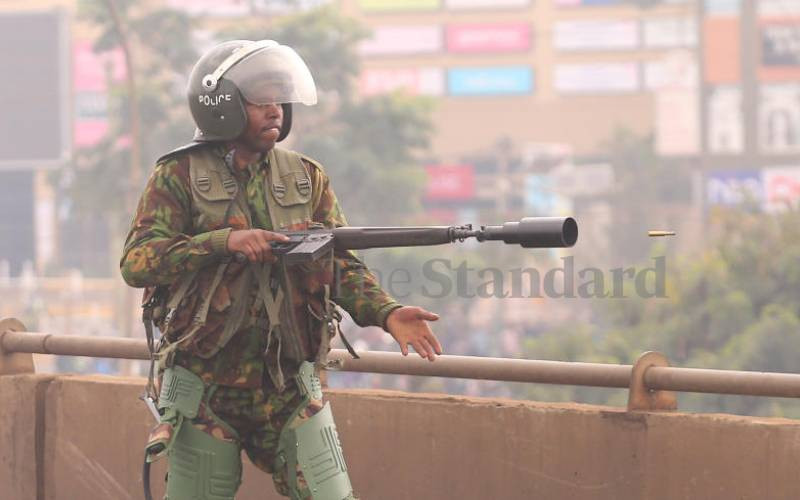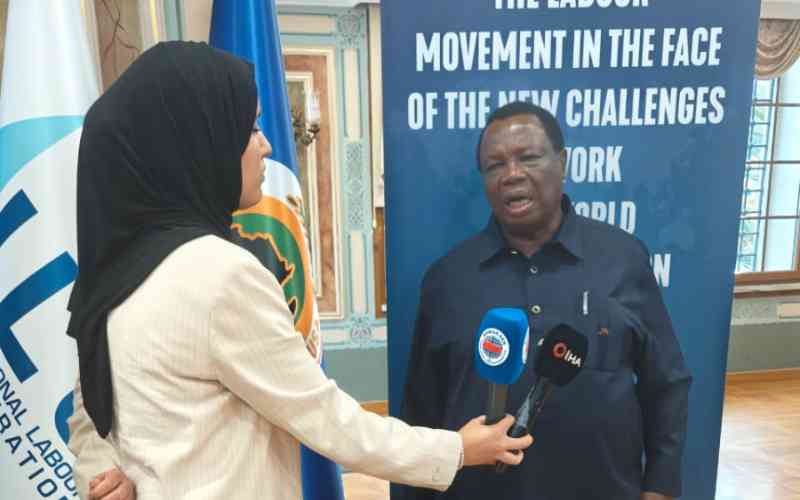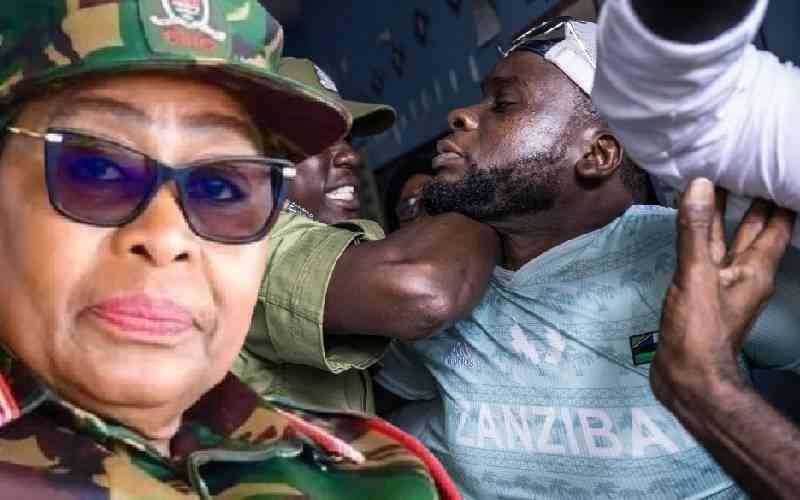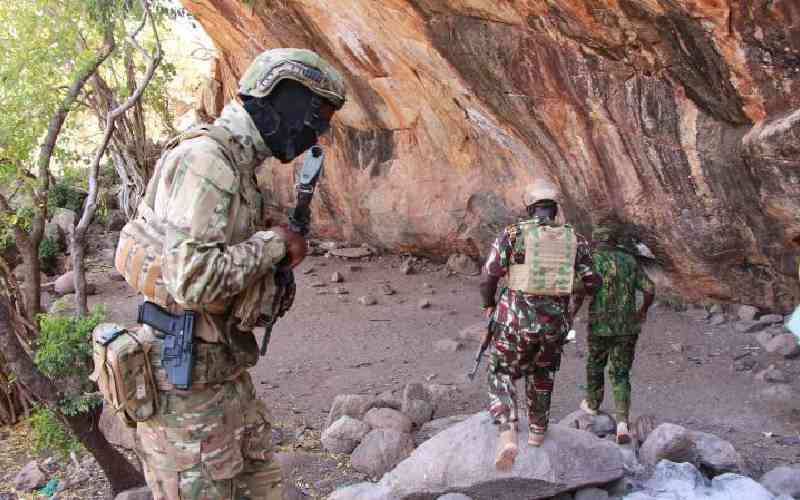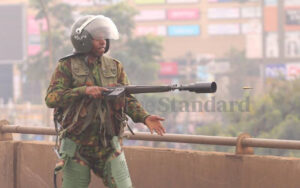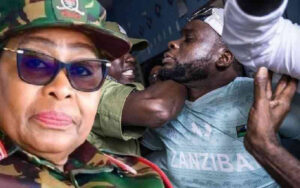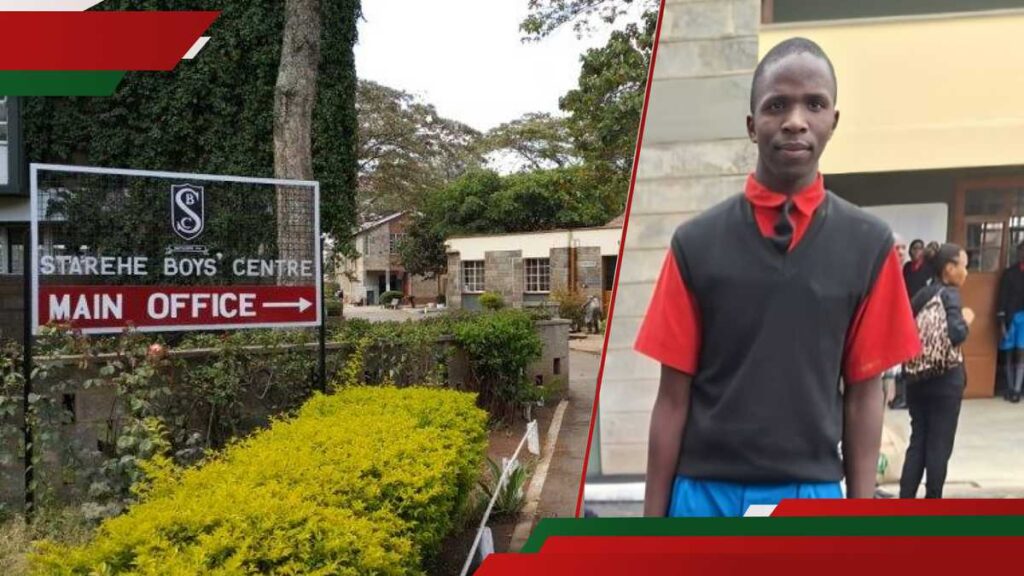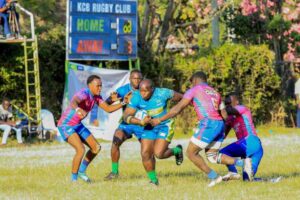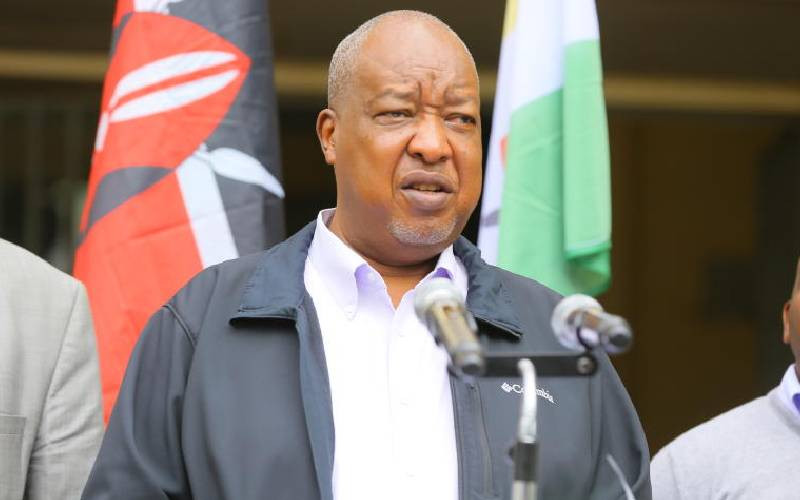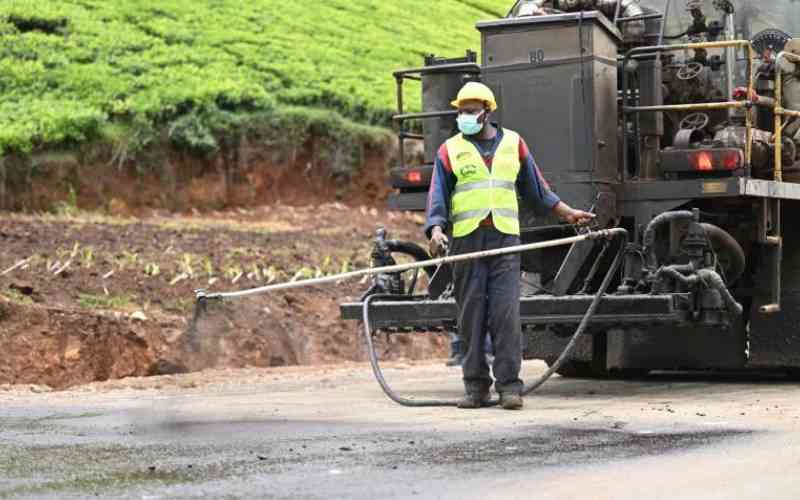For years, the rugged borderlands of Marsabit and Isiolo counties have been the silent witnesses to a simmering security crisis.
Once driven by ideology, armed factions in the region had devolved into a network of crime and lawlessness.
On February 3, the Kenyan government launched “Operation Ondoa Jangili”, a large-scale security offensive aimed at dismantling the remnants of the Oromo Liberation Army (OLA), whose activities had expanded beyond insurgency into organised crime.
Speaking from the operation area, Special Operations Group Commander Pharise Emitundo provided a rare glimpse into the military-style crackdown that led to the destruction of 14 camps and the disintegration of a long-standing criminal network.
The raid led to the recovery of fire arms, narcotics, counterfeit money, motor vehicles, motor cycles, and OLA uniforms among other items that are now under police custody.
“Their network was deeply embedded within the region. These were not just isolated hideouts; they were interconnected hubs facilitating illicit operations,” said the commander.
The operation led to the destruction of 14 key camps spread across Marsabit and Isiolo, each serving a specific purpose.
The Adadi Dadioda camp acted as a makeshift medical facility used to treat wounded fighters; Adadi Prison was used as a detention cewwntre for suspected informants and defectors.
Jirole Media Camp was the propaganda hub for radicalisation and recruitment.
Ambalo Training Camp was used as a primary training ground where new recruits were drilled in guerilla warfare.Qate Camp was logistics and supply post, while Uran Camp was an operational hub for smuggling.
Badaan Arero Camp, was a smaller but strategic post for reconnaissance operations. Funanyatta Camp served as weapons storage facility. Dimaado Camp, was the largest narcotics processing hub, where heroin and methamphetamine were packaged for distribution; and finally Malkamale Camp
acted as a drug transit hub linking OLA to international cartels.
The assault was swift and calculated. Kenyan forces used a combination of ground troops, aerial surveillance, and intelligence-led precision strikes to disable OLA’s infrastructure. “We found sophisticated counterfeiting machines producing fake US dollars and Ethiopian birr. This was a full-fledged financial operation designed to destabilise economies while enriching the group’s leaders,” said Emitundo.
The mission sought to curb the smuggling of firearms, human trafficking, and drug trade along the porous Kenya-Ethiopia border.
But, who are the OLA? The OLA emerged in the 1970s and 1980s, rooted in the Oromo people’s historic grievances in Ethiopia. However, as its fighters were gradually pushed out of Ethiopia by government forces, some elements crossed into Kenya’s remote northern regions, where the group transformed from a liberation army into an outlawed entity.
Over the years, the OLA established multiple encampments in Kenya’s border counties, using them as strategic bases for smuggling arms, drugs, and counterfeit money.
“OLA is a splinter group of the Oromo Liberation Front (OLF) and advocates for self-determination and liberation of the greater Oromia region, which includes parts of Marsabit, Isiolo, Tana River, and Lamu counties. To achieve this objective, this group has established transnational criminal syndicates, whose activities portend a threat to the national security of our nation, Kenya,” said Emitundo.
Stay informed. Subscribe to our newsletter
According to the Inspector General of Police Douglas Kanja, the operation was urgent, given the fact that criminal activities in the northern and eastern regions had become a growing threat to national security.
“For a long time, narcotic drugs, human trafficking, illegal firearms, and contraband goods have found their way into Kenya through Marsabit, Isiolo, and parts of Meru. Intelligence reports made it clear that unless we mounted a serious operation, we could not succeed in eliminating these illicit businesses,” Kanja said.
Unlike previous security interventions, “Operation Ondoa Jangili” has seen the deployment of elite police units, known for their specialised training in counter-terrorism and rapid response.
While the crackdown has seen major successes, police are now urging the public to share intelligence on the whereabouts of OLA leaders still at large.


